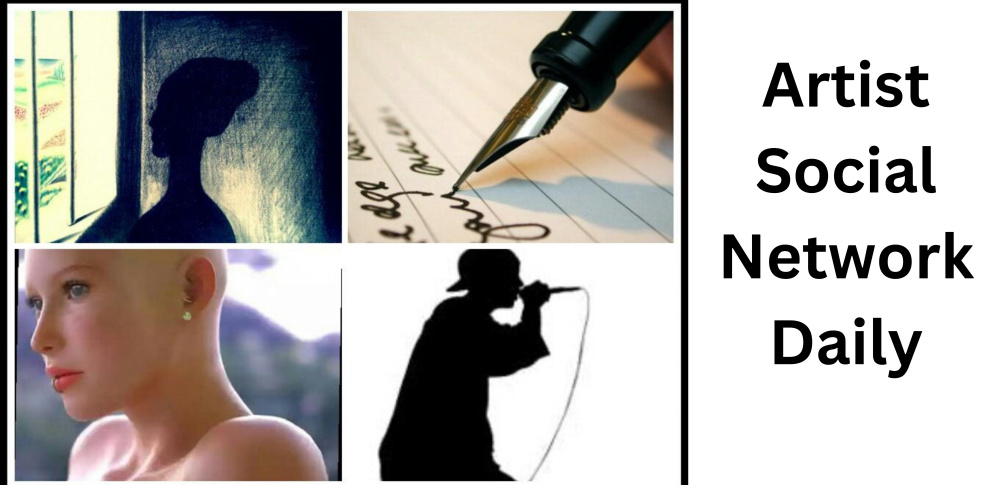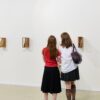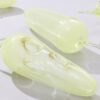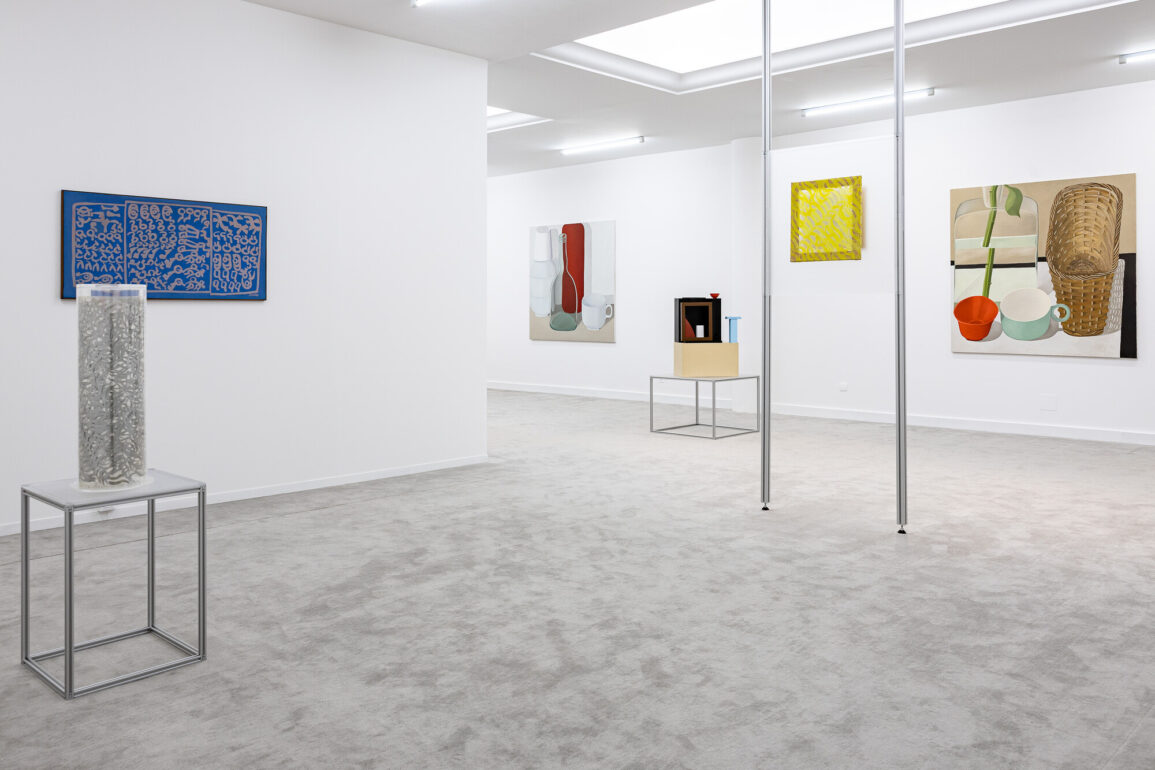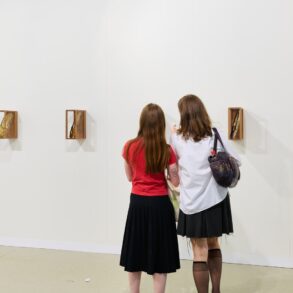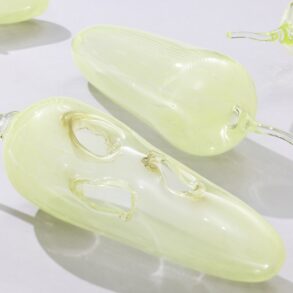
Women are Beautiful
March 28–May 16, 2025
Conversation—Nathalie Du Pasquier, Valérie Da Costa: March 28, 4–5pm, by reservation only
Pavillon Bosio, 1 av. des Pins, Monaco
La Società delle Api
Le Quai, 4th floor
8 Quai Antoine 1er
MC-98000 Monaco
Monaco
Hours:
Monday–Thursday 10am–6pm,
Friday 10am–5pm
Curated by Valérie Da Costa. Scenography by Maria Magdalena David and Illona Rougemond-Mosconi.
The exhibition Women are Beautiful brings together four Italian female artists of different generations, working in Milan, Rome, and Turin. Their work has traversed and made a significant impact on Italian art from the second half of the 20th century through to today, offering a reflection on painting, sculpture, and design.
With the aim of showing the singularity of their work, the exhibition proposes an introduction to how women artists in Italy viewed art in the period between the 1960s (in the case of more historical pieces—Carla Accardi’s paintings) and 2010s (in the case of more recent works by Marisa Merz and Nathalie Du Pasquier), without forgetting Cinzia Ruggeri, who was active primarily in the 1980s and 1990s.
Women are Beautiful immediately presented itself as an assertive statement to highlight the creative power of women. A power that has, until recently, been little considered, and one that we still continue to (re)discover.
The exhibition title also brings to mind the pictorial environment created in 1992 by artist Tania Mouraud for the patio of the School of Fine Arts in Tourcoing. Bearing the same name, the work consisted of a single phrase (Woman Is Beautiful) written on the ground in drawn-out fluorescent letters, making it impossible to read. It was accompanied by the names of women artists from the historical avant-garde (Werefkin, Rozanova, Goncharova, Stepanova…) written legibly above the patio arches, a radical manner of paying homage to those modern artists who had been forgotten.
Women are Beautiful opens with Carla Accardi (1924–2014) and roots itself in her pictorial research. A central figure of Italian abstraction, Carla Accardi was active in Rome from the late 1940s. Part of the group Forma 1, where she was its sole female member, she created an abstraction made up of colored signs. In the mid-1960s, she went from working on canvas to sicofoil. While painting with fluorescent colors on this transparent plastic, she reconsidered not only the pictorial surface but also painting’s relationship to space.
Marisa Merz (1926–2019), her contemporary, was working in Turin from the 1960s onwards. In her work, she revisited gestures that were associated with femininity (knitting, sewing) but used industrial materials (aluminum, copper), which she reappropriated for artistic purposes. She is the only woman to have been part of Arte Povera in its nascent moment in the late 1960s. She took an interest in faces, a subject that for her became all-encompassing and allowed Marisa Merz to represent any kind of face.
Several drawings and paintings, as well as one sculpture (a small head mounted on a tripod), have been grouped together in one gallery that has been plunged into darkness. Cinzia Ruggeri’s (1942-2019) pieces oscillate joyfully and humorously across “disciplines” (art, design, fashion) and refuse all categorization, to better play with their own porosity.
The exhibition closes with paintings and sculptures by Nathalie Du Pasquier (b. 1957), a member of Memphis, the group created by Ettore Sottsass in 1981. While she never abandoned drawing, it is only in 1987 that painting entered her practice. Constantly evolving and often adopting still life as its primary subject matter, over the years Nathalie Du Pasquier’s work developed into what we could call a clear and focused study of perspective.
The exhibition design has been created by two young designers: Illona Rougemond-Mosconi and Maria-Magdalena David, both of whom are graduates of the School of Fine Art and Scenography–Pavillon Bosio in Monaco. Their minimal and elegant proposal toys with transparencies, creates a rhythm in the exhibition space, and offers a different perspective on certain paintings and sculptures by Carla Accardi, Nathalie Du Pasquier, Marisa Merz, and Cinzia Ruggeri.
—Text by Valérie Da Costa, translated by Anya Harrison.
This post was originally published on this site be sure to check out more of their content
